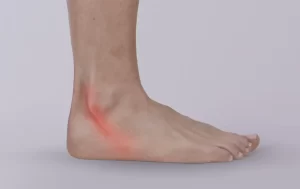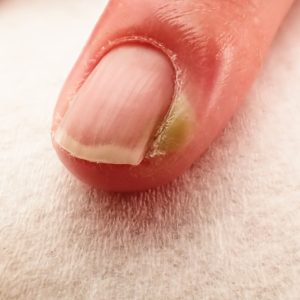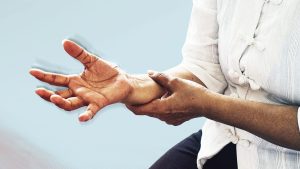
The peroneal tendons are two long tendons that run along the outside of the ankle and foot, connecting the muscles of the lower leg to the bones of the foot. Peroneal tendon injuries can occur due to a variety of factors, including overuse, trauma, or anatomical abnormalities.
Symptoms of peroneal tendon injuries can include pain, swelling, and tenderness along the outside of the ankle and foot, as well as weakness and instability. In some cases, individuals may also experience a popping or snapping sensation in the ankle.
Treatment for peroneal tendon injuries can vary depending on the severity of the injury. Mild injuries may be treated with rest, ice, compression, and elevation, as well as non-steroidal anti-inflammatory drugs (NSAIDs) to manage pain and inflammation. Physical therapy may also be recommended to help strengthen the muscles and improve flexibility.
In more severe cases, immobilisation in a cast or brace may be necessary to allow the tendon to heal. In some cases, surgery may be necessary to repair or reconstruct the damaged tendon.
It is important to consult with a healthcare professional if you are experiencing symptoms of a peroneal tendon injury, as early diagnosis and treatment can help prevent further damage and improve overall outcomes. With appropriate care, most individuals with peroneal tendon injuries can expect to make a full recovery and return to their normal activities.



